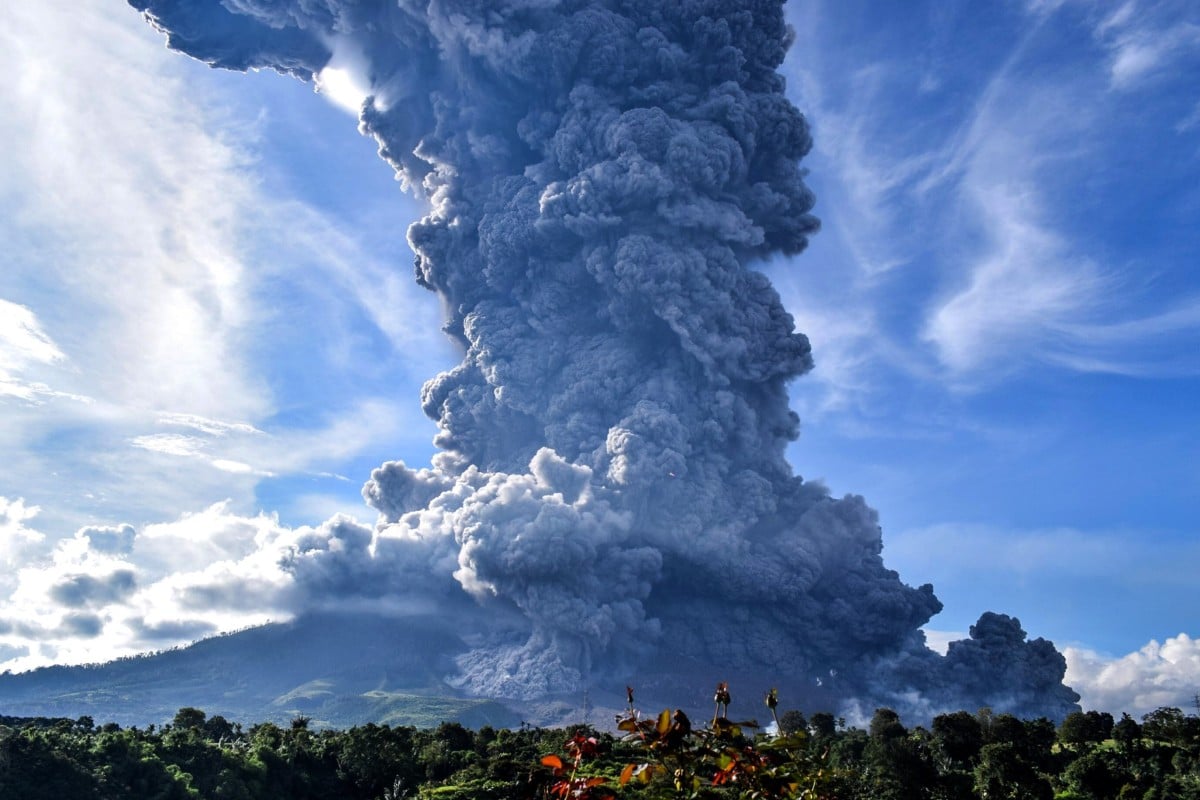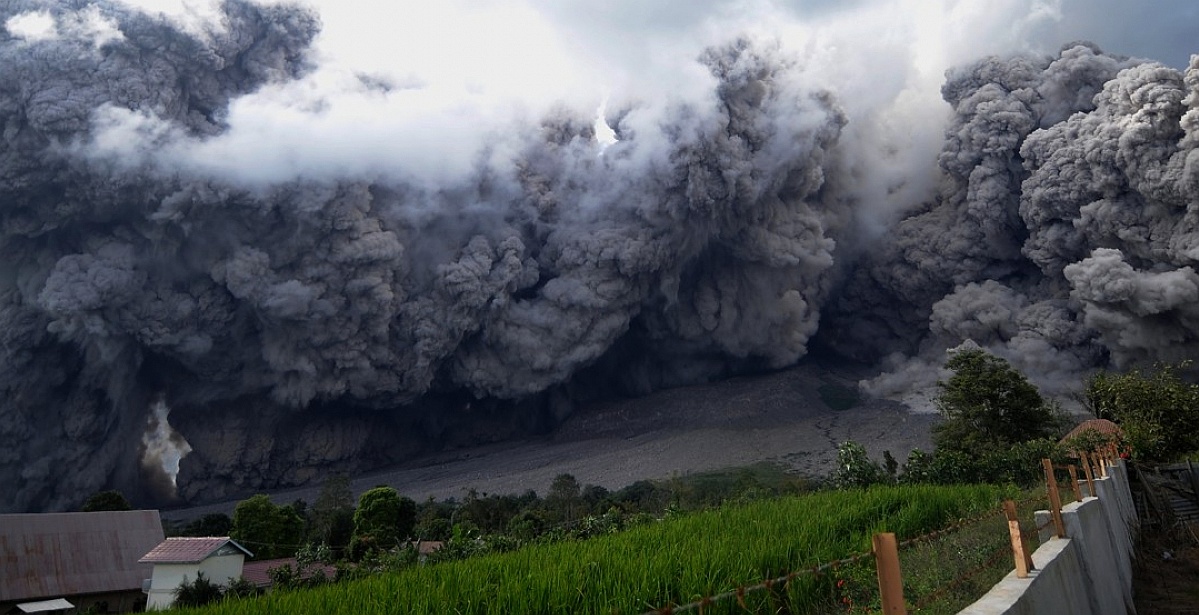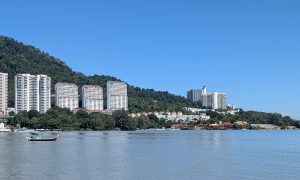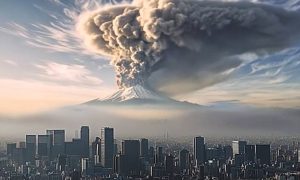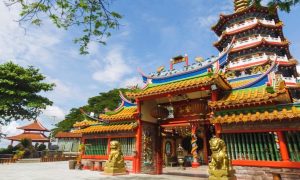Following over a year of dormancy, Mount Sinabung, a towering stratovolcano in north Sumatra, erupted twice on Monday, August 10, sending a massive ash cloud some five kilometres into the atmosphere.
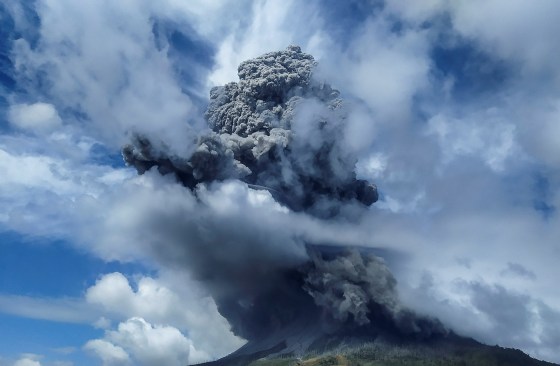
Sinabung’s last known major eruption was approximately 1,200 years ago and it had been silent for over four centuries before rumbling back to life in 2010. Since then, it has been a notably active volcano, with several eruptions occurring in nearly every year between 2013 and today.
Evacuations of nearby villages are not uncommon, and some of the recent eruptions have resulted in fatalities, including 16 in the 2014 eruption, and seven in 2016. So far, there are no reports of deaths or serious injuries in the latest eruption.
Photos and videos of the dramatic eruption and large ash column have been popping up on news channels and social media over the last 24 hours.
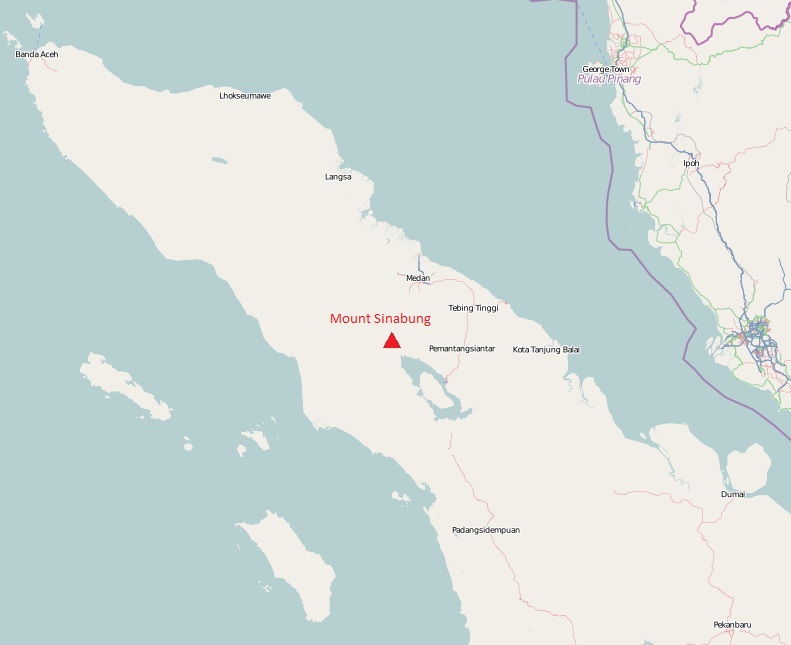
The volcanic ash from Sinabung has drifted over Malaysia and will potentially affect areas in the northern and eastern portions of the Peninsular. Greater KL should not see any significant impact.
Malaysian Meteorological Department Director-General Jailan Simon said in a statement that impact from the volcanic ash is expected in Perak, Kedah, Perlis, Penang, Kelantan, Terengganu, and Pahang, noting “[The] situation can also affect flight operations at an altitude of between 1,500m and 5,000m.” He further noted that there was no cause for concern with regard to air quality, earthquakes, or tsunamis in conjunction with the eruption.
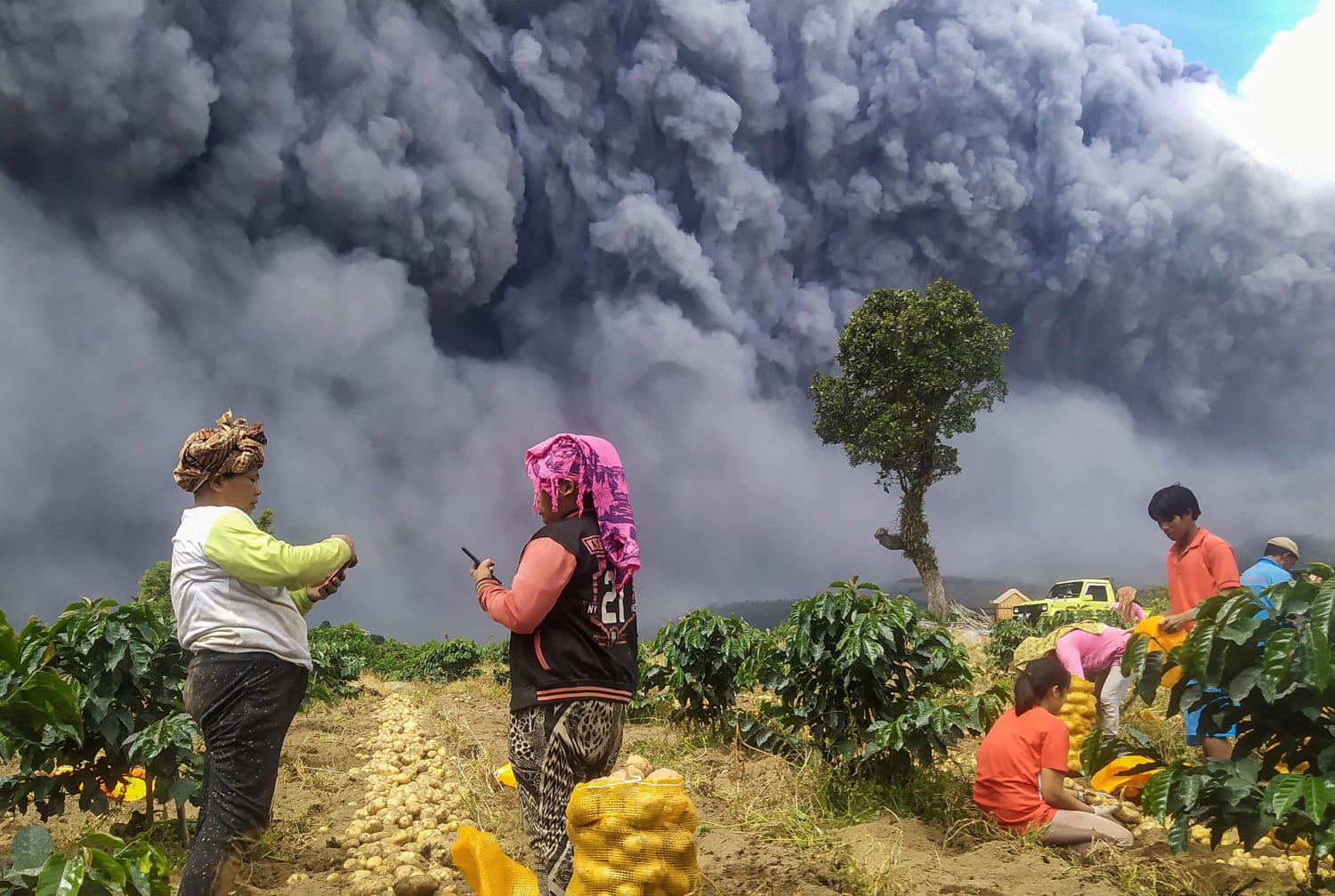
Mount Sinabung is among roughly 120 active volcanoes in Indonesia, and one of two which are currently erupting. It is located about 40km north of Lake Toba in north Sumatra. The volcano is 2,640m in elevation.
